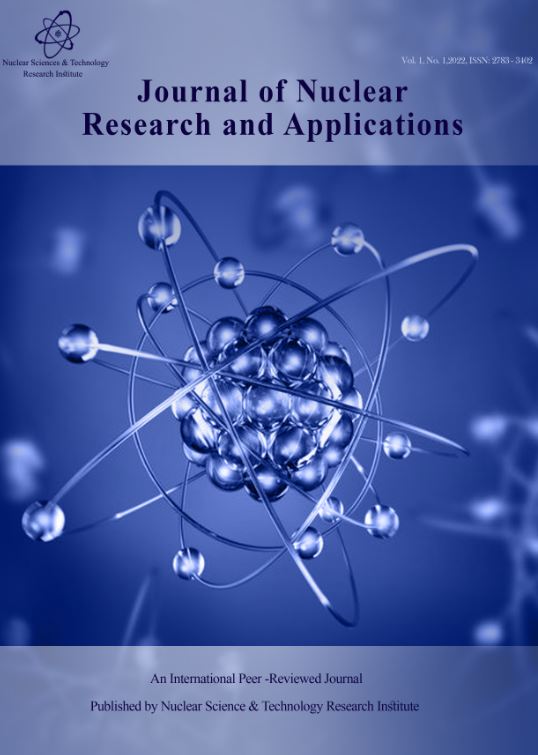Document Type : Research paper
Authors
1 Department of Physics, Factually of Science, Hakim Sabzavari University- Bojnord student research institute
2 Bojnord student research institute
Abstract
Radiation pressure acceleration (RPA) and target normal sheath acceleration (TNSA) are the two most significant methods in laser-accelerated proton beam (LAP) planning systems. LAP has inspired innovative applications that can benefit from proton bunches, distinguishing them from conventionally accelerated proton beams.
The secondary neutrons and photons produced during the collision of protons with beamline components are significant concerns in proton therapy. Various Monte Carlo studies have evaluated beamline and shielding considerations for the TNSA method but there are no studies that directly address secondary neutron and photon production from the RPA method in LAP. The purpose of this study is to calculate the flux distribution of secondary neutron and photon radiation in the initial area of LAP and to determine the optimal thickness and radius of the energy selector in a LAP planning system based on the RPA method. Additionally, we present Monte Carlo calculations to identify the appropriate beam pipe for shielding in a LAP planning system. The Monte Carlo calculations for this research were conducted using the GEANT toolkit.
Results show, energy selector is the most important source of secondary neutron and photon particles in the LAP beamline. According to the calculations, a pure tungsten energy selector is not the proper case, and using Tungsten+Polyethylene or Tungsten+Graphite composite selectors will reduce the production of neutron and photon intensities by approximately ~10% and ~25% respectively. Also, the optimal radiuses of energy selectors were found to be ~4 cm and ~6 cm for 3-degree and 5-degree proton deviation angles respectively.
Keywords
Main Subjects

